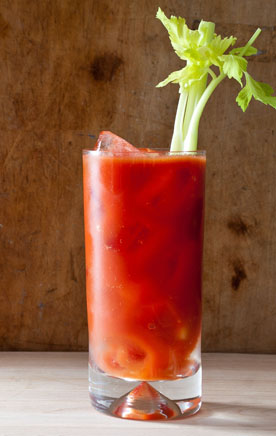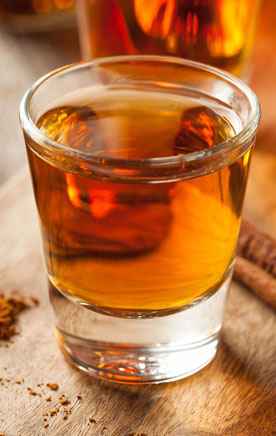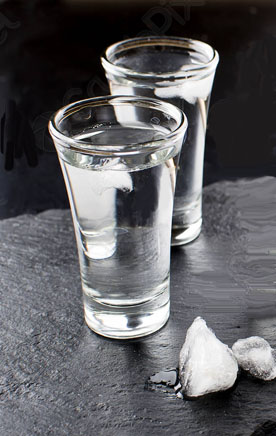Best Single Malt Scotch Whisky, 10-15 Years Old
The earliest known reference of spirits distilling in Scotland is 1494, but it can be assumed that it was practiced there much earlier. Scotland now has over 100 malt distilleries producing malts that can be called “Scotch”. To bear that appellation, a whisky must be distilled and matured in oak barrels for at least three years in Scotland. The term “Scotch” is proprietary – but the term “Single-Malt Whisky” can be applied to malt whiskies produced in other countries. Single malt scotch is produced entirely by distillations from one producer or distillery, using only malted barley as the grain, and distilled in copper pot stills.
You want to make scotch whisky? (Simpified, of course.)
- First you've got to be in Scotland.
- Then you harvest the barley.
- Soak the barley in tanks filled with local spring water for 2-3 days.
- Spread out the wet barley on the floor to germinate for 6-7 days, turning regularly by shoveling.
- Germination is stopped by drying out the barley in large kilns fueled by peat (in various proportions). This is called 'malting'. Smoke from the fire drifts upwards to dry out the barley. This is when you get the distinctive smoky, peaty flavor characteristic of many Scottish malts.
- Grind the malted barley into 'grist' in a 'grist mill'.
- Soak the grist in a large vat of heated local spring water, converting the starches into sugary sweet liquid known as 'wort'.
- Transfer the wort to a fermenting vat, add yeast, and fermentation begins to convert the wort to alcohol, referred to as 'wash'.
At this point the process is very similar to beer brewing.
- The wash is distilled twice in swan-necked copper pot stills, which separates the alcohol from the wash.
- The fermented liquid is heated and the alcohol vaporizes, rising up through the swan neck, passing over the head of the still, and routed through condensers to revert back to liquid.
- The liquid is tranferred to another still and the process is repeated for the second distillation.
- This is where the art comes into play, when only the "middle cut" of the spirit that achieves the required standard is collected. The rest goes through the process again.
- The colorless liquid proof is then either sold to whisky blenders, or matured in sherry casks to produce (after a number of years) single malt scotch whisky.
The wide range of subtleties and complexities can be attributed to the different regions in Scotland where the whiskies are produced. The result is a richly flavored whisky, highly individualistic in nature and diverse in taste. Speyside, situated on—or near—the Spey River boasts about half of Scotland’s distilleries, produces malts that are sweet, mellowed and fruity. Highlands whiskies tend to be quite varied, spicier with hints of smoke and peat. To the south, the Scottish Lowlands produce softer, lighter, maltier whiskies. Campbeltown malts tend to be briny, salty and lightly peated. Whiskies from the Scottish coastlines, Islay and the islands are often briny, heavily peated and smoky.
Although most single malt whiskies are in fact blends, the difference between single malt and blended scotch is that blends are a combination of barrel-aged malt (often sourced from different distilleries) and grain whiskies. Although blended scotch is still dominant in volume, the increasing popularity of single malt scotch has seen rapid growth in recent years.
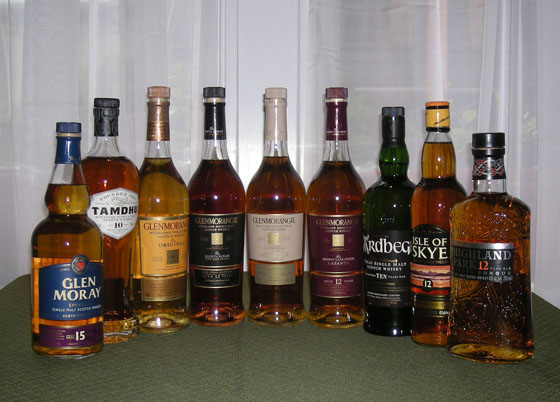
The Tasting:
The Fifty Best held a “blind” tasting of 9 single malt scotch whiskies aged 10-15 years, with a panel of 18 judges. Strict tasting rules were applied. The order of service was established beforehand by lottery. Each of the single malts were poured into fresh glasses from new sealed bottles, and served at room temperature. Only ice water, unsalted crackers and plain, unsalted bar snacks were available to cleanse the palate.
The judges wrote down their impressions of each product on score sheets. The scoring was done on a 5-point system, with 5 as the best. Double-Gold and Gold medals were awarded according to a set range of final point scores received from the judges. There were no silver or bronze medals awarded in this tasting.
The tasting notes that follow are summaries of the judges’ opinions, with all replicated notes eliminated. The regions of origin are identified for each brand.
|
|
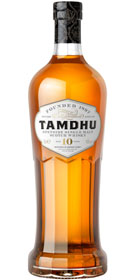 |
|
|
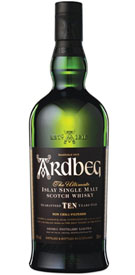 |
|
|
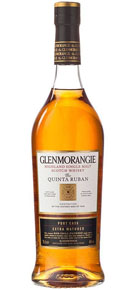 |
|
|
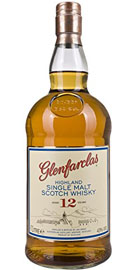 |
|
|
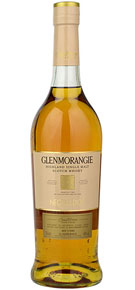 |
|
|
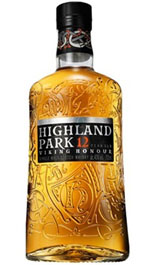 |
|
|
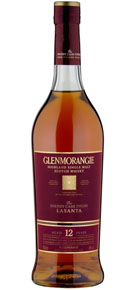 |
|
|
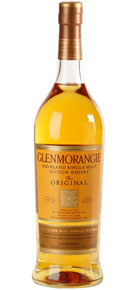 |
|
|
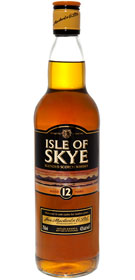 |
|
|
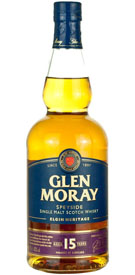 |
Disclaimer: This section of the website is intended for visitors 21 years of age and older.
If you are not of legal drinking age, please exit by clicking here.
Please drink responsibly!





